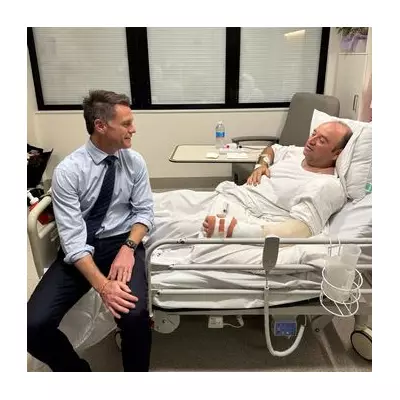
The quiet streets of Georgetown, Massachusetts have been transformed into a scene of automotive anarchy, where the constant blare of car horns has become the unofficial soundtrack of daily life. At the heart of this chaos lies the intersection of East Main Street and North Street - a crossing that has drivers so frustrated they're rewriting the rulebook themselves.
The Honking Epidemic
What started as occasional frustration has escalated into a full-blown honking epidemic. Drivers approaching the problematic junction are now using their horns as makeshift traffic controllers, alerting cross-traffic to their presence in a dangerous game of automotive chicken.
"It's become absolute madness," one weary resident told reporters. "The honking starts at dawn and continues well into the evening. We can't have conversations in our own gardens, and forget about peaceful Sunday afternoons."
A Recipe for Disaster
The intersection's design appears to be the root cause of the problem. With limited visibility and confusing right-of-way protocols, motorists have taken matters into their own hands - quite literally.
Local authorities have acknowledged the issue, but residents claim the response has been too little, too late. The constant noise pollution is taking its toll on the community's quality of life, with many fearing it's only a matter of time before the chaotic situation leads to something more serious than just noise complaints.
Residents Demand Action
Frustrated homeowners are now banding together to demand permanent solutions. Their wishlist includes:
- Proper traffic lights instead of the current stop signs
- Improved visibility through vegetation management
- Increased police presence during peak hours
- Speed calming measures to reduce accident risk
As one long-term resident put it: "We moved here for the peace and quiet of suburban life. Instead, we're living in what sounds like central London during rush hour. Something has to change before someone gets hurt."
For now, the honking continues - a persistent reminder that when official systems fail, people will create their own solutions, however chaotic they may be.





